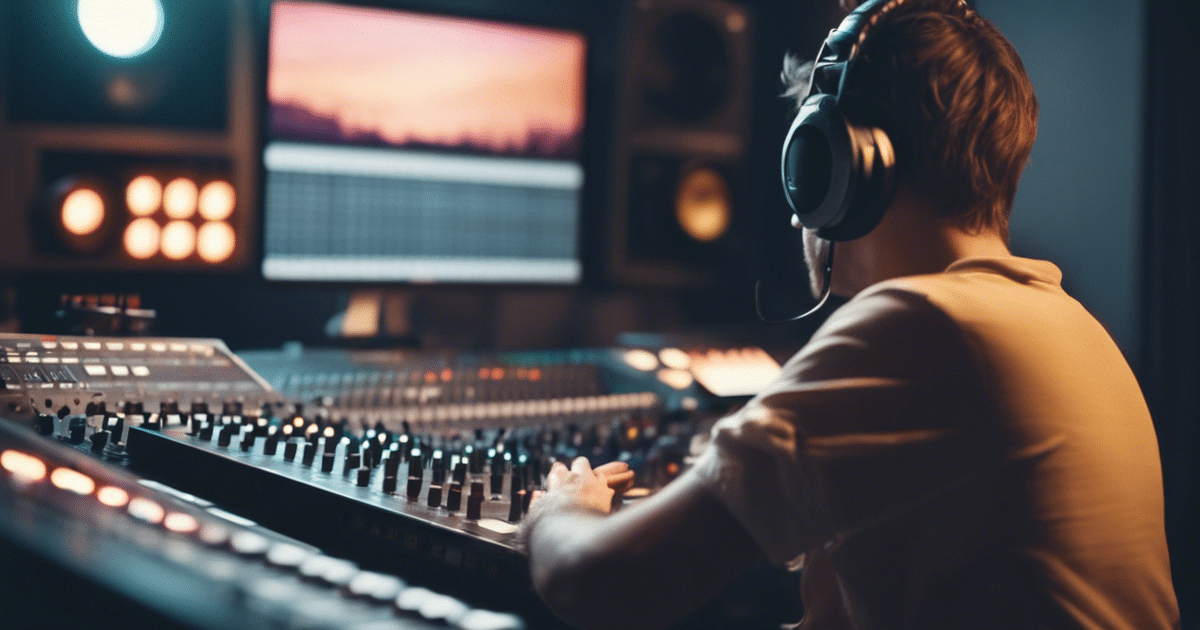Estimated reading time: 4 minutes
Introduction to Ableton Live
Ableton Live is a powerful Digital Audio Workstation (DAW) used by producers worldwide. This tutorial covers the fundamentals of music making using Ableton, perfect for beginners starting their production journey.
Table of contents
Understanding the Interface
Ableton offers two main views:
- Session View: Perfect for live performances and improvisation
- Arrangement View: Ideal for traditional linear recording and editing
The Browser sits on the left, housing your instruments, effects, and samples. The mixer appears at the bottom, showing volume faders and basic track controls.

Essential Features
- Track Types
- Audio tracks: For recorded sounds
- MIDI tracks: For virtual instruments
- Return tracks: For shared effects
- Transport Bar
- Play/Stop
- Record
- Tempo control
- Time signature settings
Working with Audio
Recording Basics
- Set up your audio interface
- Select input channel
- Arm track for recording
- Monitor levels
- Press record
Audio Clips
- Drag and drop audio files
- Basic warping
- Clip quantization
- Volume automation
MIDI and Virtual Instruments
Using the Drum Rack
- Create a MIDI track
- Load Drum Rack
- Add samples to pads
- Create patterns

Built-in Instruments
- Operator
- Analog
- Simpler
- Wavetable
Basic Effects and Processing
Common audio effects:
- EQ Eight
- Compressor
- Reverb
- Delay
Learn more about Ableton effects →
Tips for Beginners
- Start with Ableton Live Lite
- Watch official tutorials
- Practice keyboard shortcuts
- Join user groups
- Experiment with samples
Ready to start? Download Ableton’s free trial and follow along.
Useful Resources
Quick Start Checklist
- Install Ableton Live
- Configure audio settings
- Connect audio interface
- Load a template project
- Create your first track
Pro tip: Save your default template with your preferred settings for faster workflow.
Need help? Contact Ableton Support →
Video: The Ableton 12 Beginner Guide (in 22 Minutes)
Conclusion
In conclusion, diving into Ableton Live can be an exciting start to your music production journey. By familiarizing yourself with its core features—like the Session and Arrangement Views, MIDI instruments, and essential effects—you’ll be equipped to experiment, create, and refine your sound. Remember, practice and exploration are key, so take advantage of resources, tutorials, and the free trial to get hands-on experience. Happy producing!
Related Posts
FAQs
Ableton has two main views: Session View, which is great for live performance and improvisation, and Arrangement View, suited for traditional linear recording and editing. Both views allow flexibility, depending on your production style.
Ableton offers three primary track types: Audio tracks for recorded sounds, MIDI tracks for virtual instruments, and Return tracks for shared effects. These tracks enable a mix of recorded and virtual sounds for versatile music production.
Set up an audio interface, select the input channel, arm the track for recording, and monitor the levels. Once everything is set, press record. This setup lets you capture sounds effectively, whether vocals, instruments, or samples.
Ableton includes instruments like Drum Rack, Operator, Analog, Simpler, and Wavetable. To start, create a MIDI track, load the instrument, and build patterns or melodies. These virtual tools offer unique sounds for your compositions.
Start with Ableton Live Lite, use official tutorials, practice keyboard shortcuts, and join user groups for support. Experiment with samples and effects to develop your style and save your default settings for a faster workflow.
